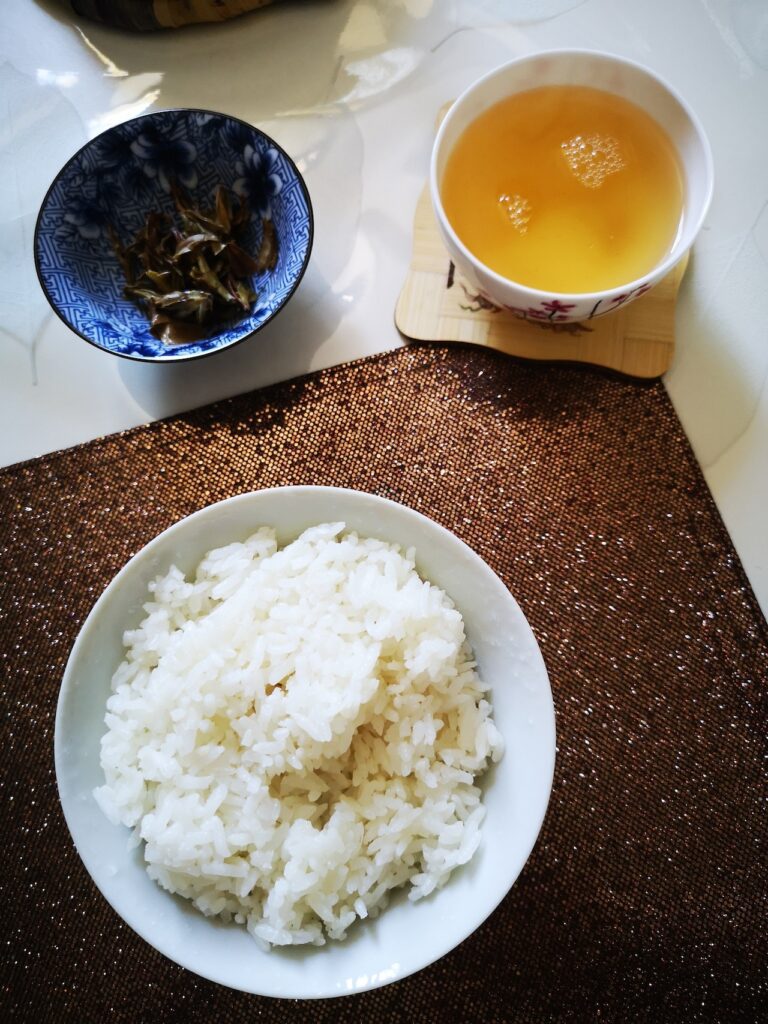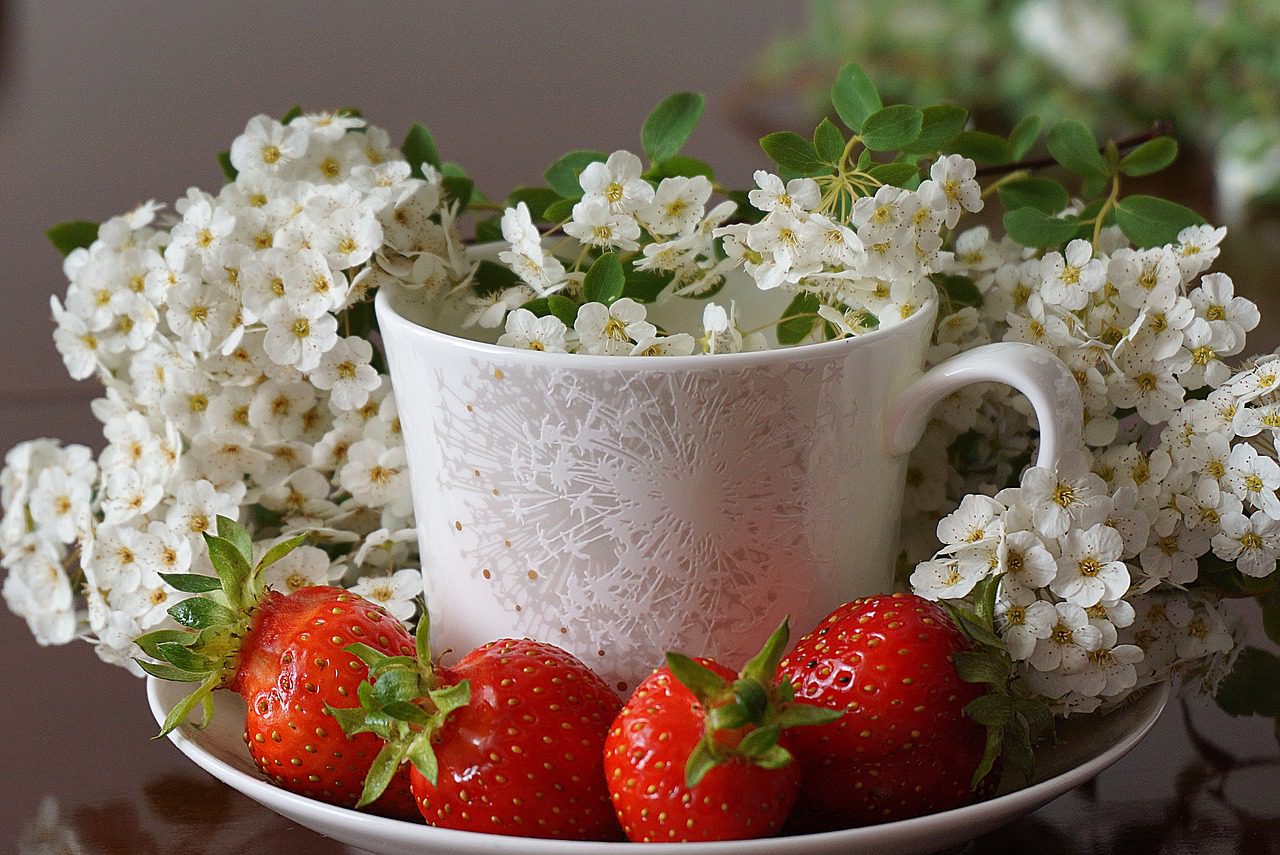Il tè non è una semplice bevanda da degustare nell’arco della giornata, ma può essere abbinata a tutti i cibi.
Si può giocare sia sulla teoria degli opposti che vede abbinati cibi delicati a tè forti o viceversa oppure è possibile abbinare gusti intensi e piccanti insieme e così via. L’importante è creare il giusto equilibrio.
Consideriamo sempre che deve esserci comunque un’armonia tra ciò che sorseggiamo e ciò che mangiamo perché fa parte sempre del nostro viaggio sensoriale.
Un tè può essere un ottimo depurante e che favorisca la digestione qualora stiamo mangiando un pasto abbondante e carico di grassi ad esempio.
I tè neri forti sono indicati con tutti i tipi di dolcetti perché vanno a creare contrasto.
Il tè Sencha ad esempio è indicato per dolci, cioccolatini, torte, insalate e cibi marinati.
I tè bianchi e affumicati sono indicati con formaggi e salse, mentre i tè neri con carni e formaggi; i tè verdi con il pesce, il ramen e le verdure e infine i puerh con cibi speziati. Negli ultimi tempi sono moltissime le ricette che possiamo trovare con il Matcha come frullati e gelati forse proprio perché si abbina bene anche a latte, panna e caffè.
I tè in foglie come i tè verdi sono adatti per insaporire salse, brodi vegetali, risotti e pietanze a base di carne o pesce, mentre il Genmaicha per il suo gusto “pop-corn” può essere inserito nei dessert a base di uova e cioccolato.
I tè aromatizzati sono adatti alla preparazione di confetture per dare loro un tocco più saporito.
In culture come l’India troviamo l’usanza di degustare il Masala Chai, che letteralmente significa “tè speziato”, una tipologia di tè nero con aggiunta di latte e spezie come cardamomo, cannella, anice stellato, chiodi di garofano, semi di finocchio, pepe nero, miele o zucchero di canna.
Il tè non viene utilizzato solo abbinato a piatti e spezie ma anche nella preparazione di cocktail con gin, rum, bourbon e vodka. Quelli più adatti sono i Ceylon, gli Assam e i Darjeeling.
Vediamo ora quando è indicato degustare le varie tipologie di tè.
La mattina sono molti indicati i tè neri che danno la giusta carica oppure anche un wulong abbinati a dolci. I tè bianchi al pomeriggio o dopo cena, mentre i tè verdi durante tutto l’arco della giornata e i puerh dopo i pasti per favorire la digestione.
In Inghilterra sono diversi i momenti della giornata dove si usa bere questa bevanda, la mattina presto (early morning tea), a colazione (breakfast tea) con porridge, uova e bacon e il famoso tè delle cinque del pomeriggio unito a dolcetti per una buona merenda.
Il tè ha moltissime proprietà e abbinato a una dieta equilibrata può contribuire positivamente al benessere psico-fisico della persona.
Combinations in the kitchen

Tea is not a simple drink to be enjoyed throughout the day, but it can be combined with all foods.
You can play on both the theory of opposites that sees delicate foods combined with strong teas or vice versa or you can combine intense and spicy flavors together and so on. The important thing is to create the right balance.
We always consider that there must still be harmony between what we sip and what we eat because it is always part of our sensory journey.
A tea can be an excellent purifier and that promotes digestion if we are eating a large and fat-laden meal, for example.
Strong black teas are suitable with all types of sweets because they counteract their sweetness.
Sencha tea, for example, is suitable for desserts, chocolates, cakes, salads and marinated foods.
White and smoked teas are indicated with cheeses and sauces, while black teas with meats and cheeses; green teas with fish, ramen and vegetables and finally puerh with spicy foods. In recent times there are many recipes that we can find with Matcha as smoothies and ice creams, perhaps precisely because it also goes well with milk, cream and coffee.
Leaf teas such as green teas are suitable for flavoring sauces, vegetable broths, risottos and meat or fish dishes, while Genmaicha for its “popcorn” flavor can be added to egg and chocolate based desserts. .
Flavored teas are suitable for the preparation of jams to give them a tastier touch.
In cultures such as India we find the custom of tasting Masala Chai, which literally means “spiced tea”, a type of black tea with the addition of milk and spices such as cardamom, cinnamon, star anise, cloves, fennel seeds , black pepper, honey or brown sugar.
The tea is not only used in combination with dishes and spices but also in the preparation of cocktails with gin, rum, bourbon and vodka. The most suitable are the Ceylons, Assams and Darjeelings.
Now let’s see when it is recommended to taste the various types of tea.
In the morning there are many black teas that give the right charge or even an oolong paired with sweets. White teas in the afternoon or after dinner, while green teas throughout the day and puerh after meals to aid digestion.
In England there are different times of the day where is used to drink this beverage, early morning tea, breakfast tea with porridge, eggs and bacon and the famous five in the afternoon tea combined with sweets for a good snack.
Tea has many properties and combined with a balanced diet can positively contribute to the psycho-physical well-being of the person.

Ogni tipologia di tè può essere abbinato a qualsiasi ora del giorno a qualsiasi pasto – Photo@Veru



No responses yet